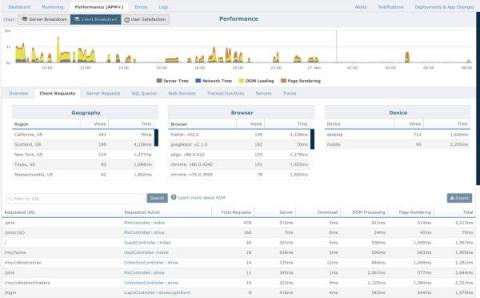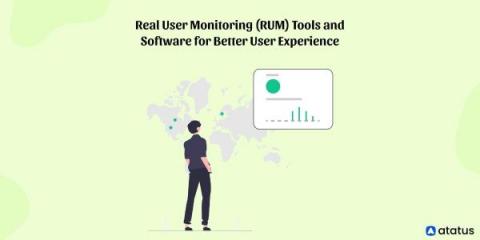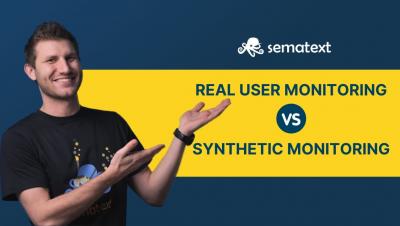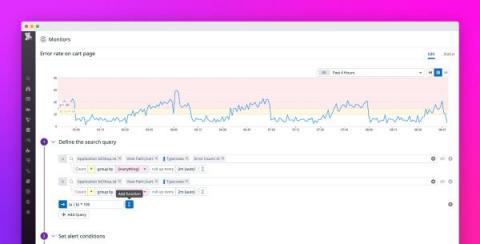Adding RUM to Your ITSI Cocktail: Content Pack for Splunk Observability V2
Want to improve your outlook with a splash of RUM? In our pursuit of connecting users to the right data at the right time, we’ve come to see Real User Monitoring as an invaluable tool for understanding the total picture when it comes to your web properties, apps, and cloud footprint. Do you find yourself asking any of these questions?











